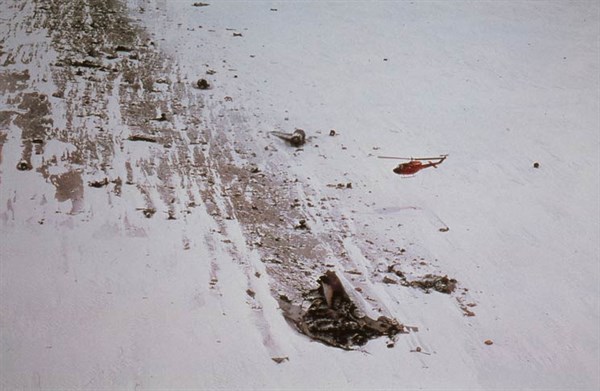

Hesiod s Theogony identifies him as one of the first five beings in existence, born of Chaos. NASA image created by Jesse Allen, using EO-1 ALI data provided courtesy of the NASA EO-1 Team. Erebus In Greek mythology and Roman mythology, Erebus ( / rbs / 1 Ancient Greek:, romanized : Érebos, 'deep darkness, shadow'), 2 or Erebos, is the personification of darkness and one of the primordial deities. The volcano was erupting when British explorer Captain James Ross first observed it 1841, and it has shown continuous lava lake activity since 1972. Erebus is a stratovolcano composed of alternating layers of solidified ash, hardened lava, and rocks ejected by earlier eruptions. This Mount Erebus image shows a fairly typical level of activity for the volcano, including a molten lava lake and vapor emissions. Since that time, EO-1 has been successfully employed to detect other volcanic eruptions, including those near densely populated areas. Scientists who subsequently examined the data EO-1 acquired confirmed that a genuine thermal emission had been detected. After the initial detection, the satellite gave itself new orders to take fresh observations of the volcano several hours later. On May 7, 2004, the Autonomous Sciencecraft Experiment on EO-1 first demonstrated its ability to detect volcanic activity by sensing thermal emissions at Erebus.

on the flanks of Mount Erebus during the Antarctic summer, debris is continually. Crash debris is still visible on the slopes of the southernmost volcano in the world. The larger image shows a true-color, photo-like view of the volcano, and the inset image shows thermal activity, highlighting the volcano’s molten lava lake. MT EREBUS, ANTARCTICA Mount Erebus on Ross Island is the largest active. Home to the unidentified remains of the 1979 Mt. The larger image was acquired by the Advanced Land Imager (ALI), and the inset image was acquired by the Hyperion sensor. This image shows two views of Mount Erebus from February 6, 2009, captured by sensors on NASA’s Earth Observing-1 (EO-1) satellite. In 2004, the reliable presence of a lava lake at this volcano’s summit made Mount Erebus the perfect place to test a self-directed satellite and sensor. The world’s southernmost volcano to show activity during recorded history, Erebus holds a lava lake and occasionally experiences explosive eruptions. Antarctica’s Mount Erebus may be covered with glaciers, but they do little to cool the volcano’s molten core.


 0 kommentar(er)
0 kommentar(er)
